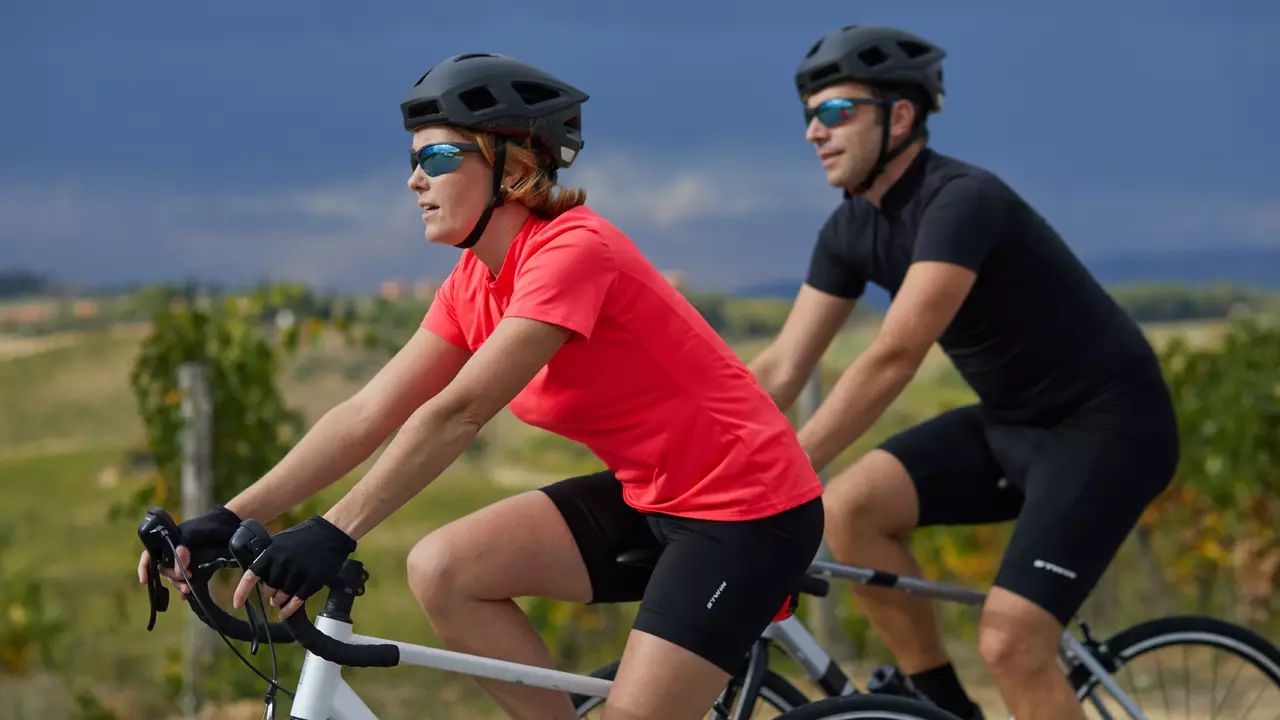Cycling Shorts: Comfort, Fit and Everyday Tips
If you’ve ever felt sore after a short ride, the culprit is often the saddle. A good pair of cycling shorts can keep that from happening. They’re designed with a padded liner, moisture‑wicking fabric and a snug fit that stays in place. The result? Less chafing, cooler skin and a more enjoyable ride, whether you’re on a road bike, a spin bike or just pedalling around town.
Why padded cycling shorts are a game‑changer
The padding, called a chamois, is the star of the show. It cushions the sit‑bones and reduces pressure on the perineum, which means fewer sore spots after a long climb. Look for a chamois that’s around 10‑12mm thick for everyday rides; anything thicker can feel bulky on a fast road bike. The fabric should pull sweat away from your skin; synthetic blends do this better than cotton and dry quickly, keeping you comfortable on hot days.
Fit matters just as much as padding. Shorts that are too loose will bunch up and cause friction, while ones that are too tight can cut off circulation. Measure your hips and inseam, then choose a size that hugs your body without digging into the skin. Many brands offer a “tight‑fit” or “relaxed‑fit” option—pick the style that matches how you ride. A flat‑lock seam at the leg opening prevents extra rubbing, and a longer leg legging helps keep the shorts in place when you’re standing on the pedals.
Wearing cycling shorts under jeans and other style tips
Not every ride ends with a sweaty workout, and you don’t have to sacrifice style to stay comfortable. You can easily wear cycling shorts under jeans for a commute or a casual outing. Choose a pair with a thin, seamless chamois and a smooth outer fabric; this keeps the shorts from showing through the denim. The tight fit means the shorts won’t shift when you sit, and the moisture‑wicking layer prevents any damp spots from leaking onto your jeans.
If you prefer a looser look, try a pair of “low‑profile” shorts that sit higher on the hips and have a shorter leg. They still give you the cushioning you need but stay hidden under looser trousers. For colder days, layer a lightweight thermal top over the shorts—just make sure it’s breathable to avoid overheating.
When you’re choosing your first pair, think about the rides you do most. For spin classes, a short‑legged style with extra padding works best because you stay seated a lot. For road rides, a longer leg with a slimmer chamois gives better aerodynamics. In any case, treat cycling shorts like any other piece of clothing: wash them inside‑out in cold water, avoid fabric softeners, and hang them to dry. This keeps the fabric’s wicking ability intact and prevents odors.
Bottom line: a good pair of cycling shorts makes every ride feel smoother, keeps you dry, and even lets you look sharp on the bike and off. Invest in a quality set, get the right fit, and you’ll wonder how you ever rode without them.

Do cycling shorts stop chafing?
Daxton Fairweather Jul 22 0In my experience, cycling shorts do indeed help to prevent chafing. They're designed with a snug fit and seamless construction to minimize friction between your skin and the fabric. The padding or 'chamois' inside the shorts not only adds comfort during long rides, but also reduces pressure points and rubbing. Plus, they're typically made with moisture-wicking materials that keep you dry and further decrease the risk of chafing. So, if chafing has been your cycling nemesis, a pair of cycling shorts could be your new best friend!
More Detail